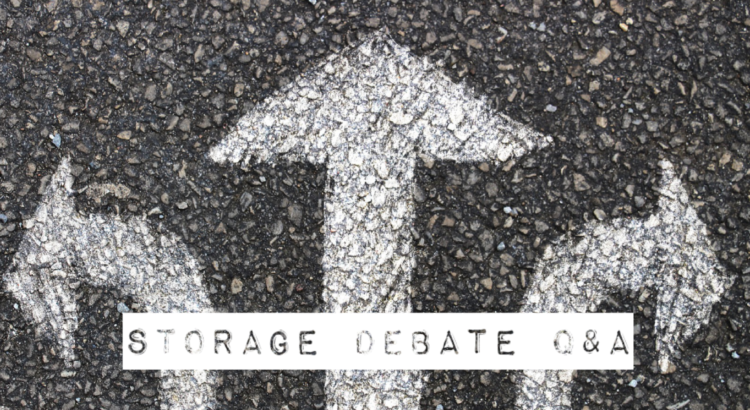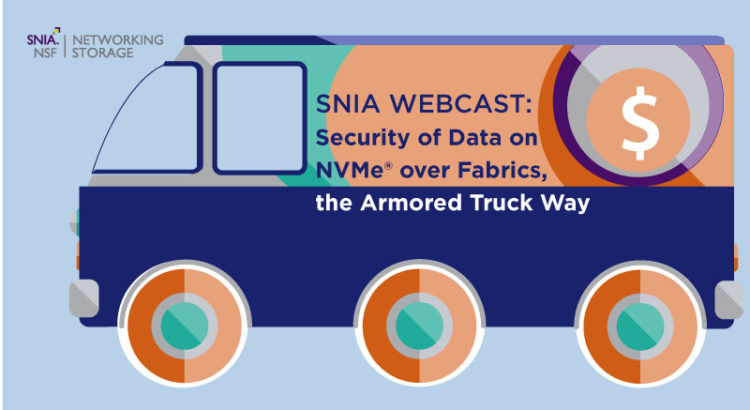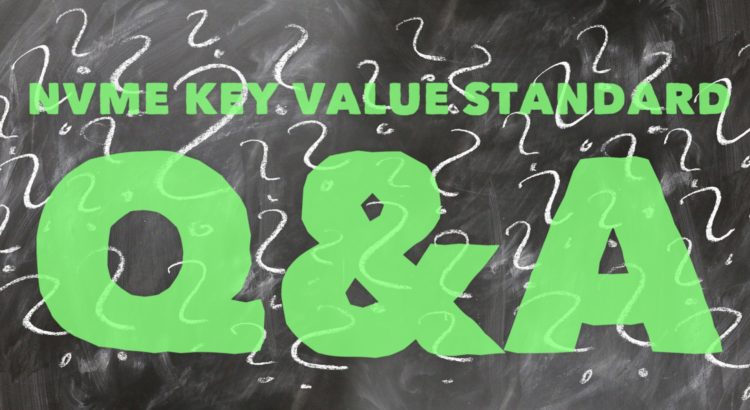Last month, Bill Martin, SNIA Technical Council Co-Chair, presented a detailed update on what’s happening in the development and deployment of the NVMe Key-Value standard. Bill explained where Key Value fits within an architecture, why it’s important, and the standards work that is being done between NVM Express and SNIA. The webcast was one of our highest rated. If you missed it, it’s available
on-demand along with the webcast slides. Attendees at the live event had many great questions, which Bill Martin has answered here:
Q. Two of the most common
KV storage mechanisms in use today are AWS S3 and RocksDB. How does NVMe KV
standards align or differ from them? How difficult would it be to map between
the APIs and semantics of those other technologies to NVMe KV devices?
A. KV
Storage is intended as a storage layer that would support these and other
object storage mechanisms. There is a publicly available KVRocks: RocksDB
compatible key value store and MyRocks compatible storage engine designed for
KV SSDs at
GitHub. There is also a
Ceph Object storage design available. These are example implementations that can
help an implementer get to an efficient use of NVMe KV storage.
Q. At
which layer will my app stack need to change to take advantage of KV
storage? Will VMware or Linux or Windows
need to change at the driver level? Or
do the apps need to be changed to treat data differently? If the apps don’t need to change doesn’t this
then just take the data layout tables and move them up the stack in to the
server? Read More








 Data in transit provides a large attack surface for bad actors. Keeping data secure from threats and compromise while it’s being transmitted was the topic at our live
Data in transit provides a large attack surface for bad actors. Keeping data secure from threats and compromise while it’s being transmitted was the topic at our live 